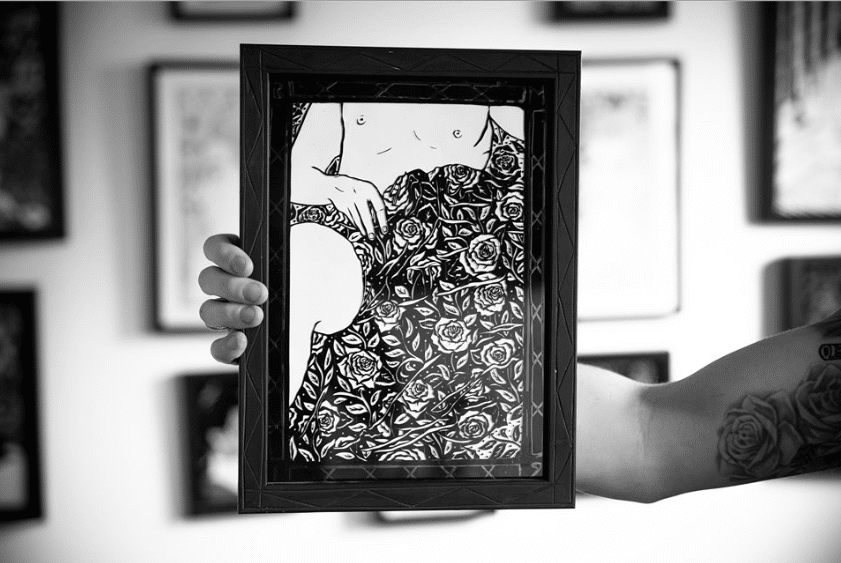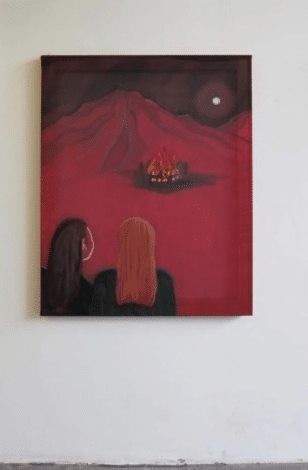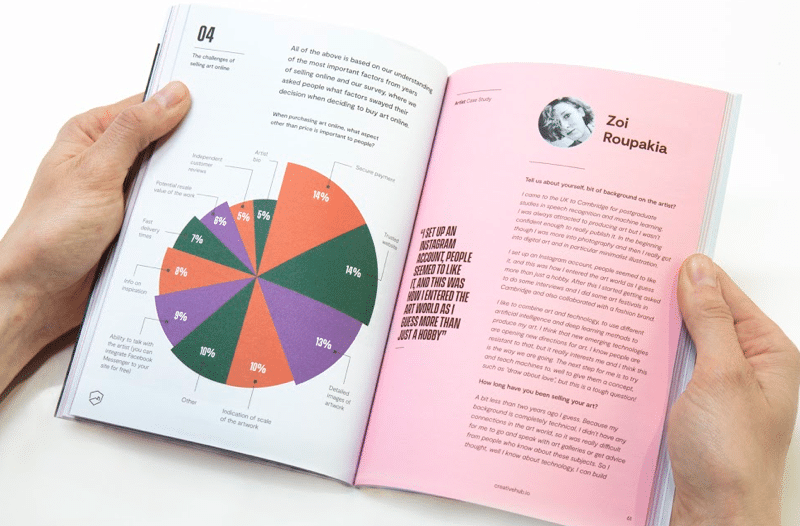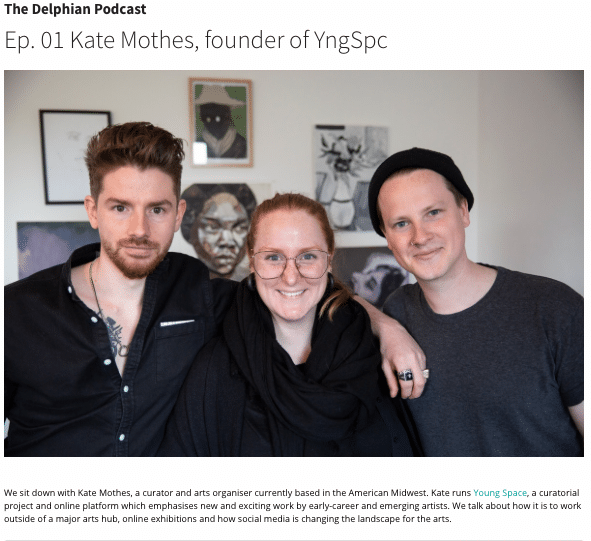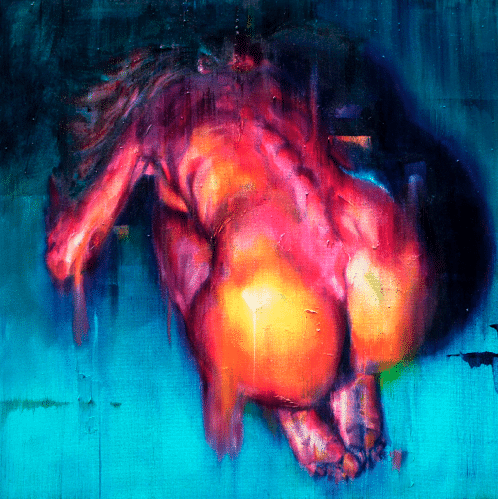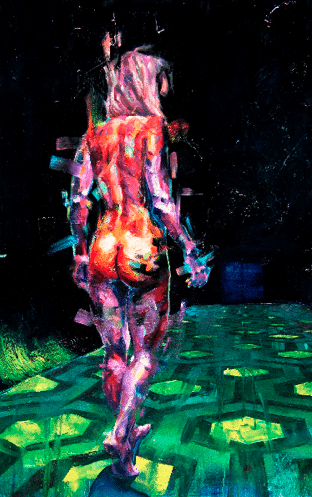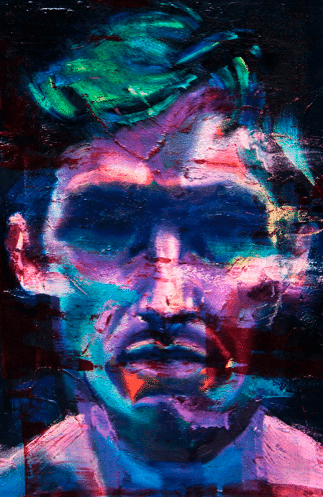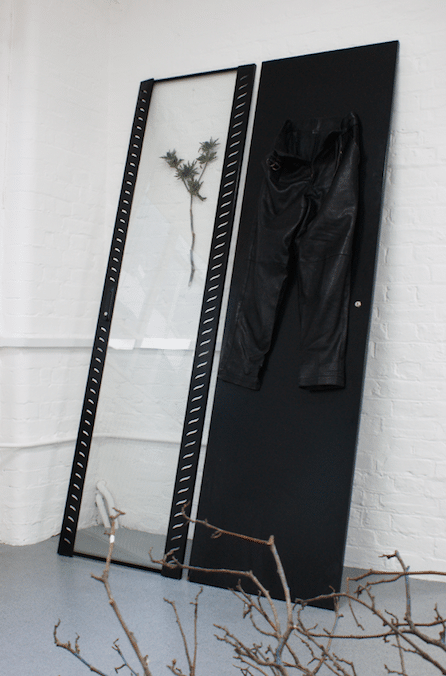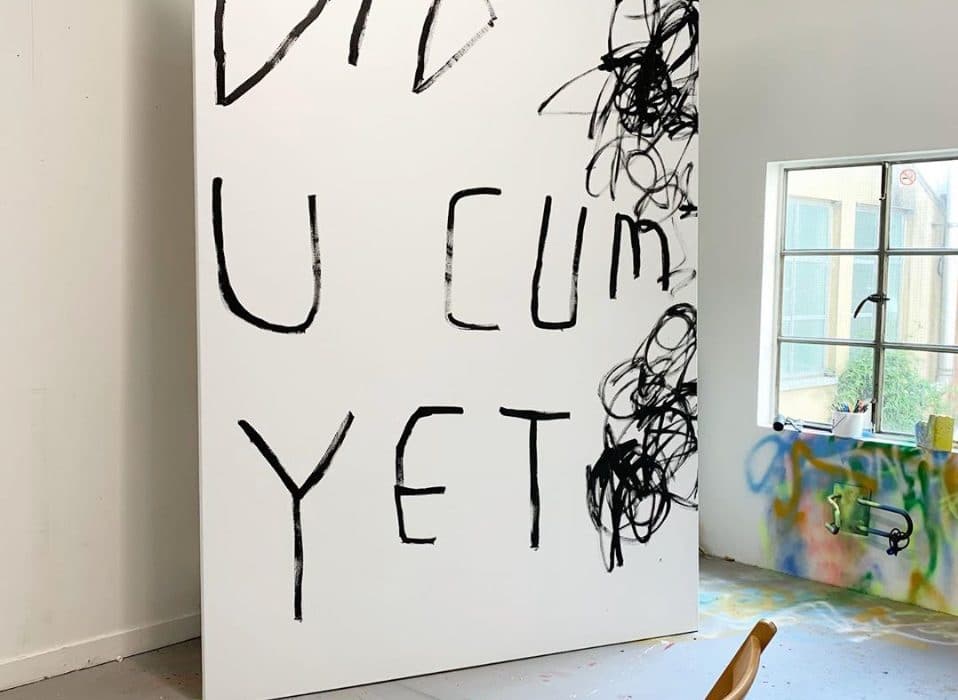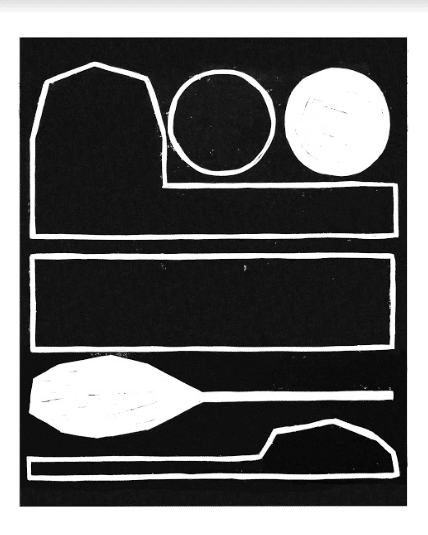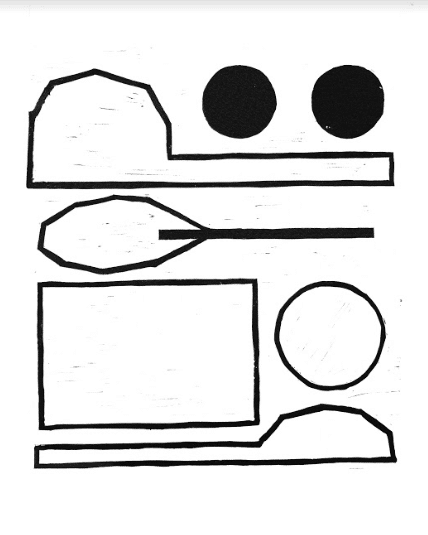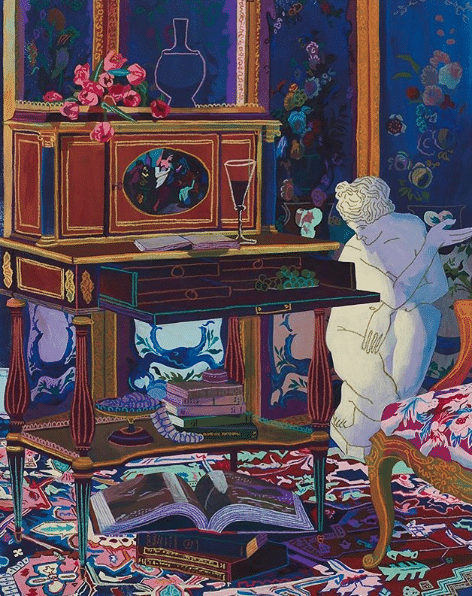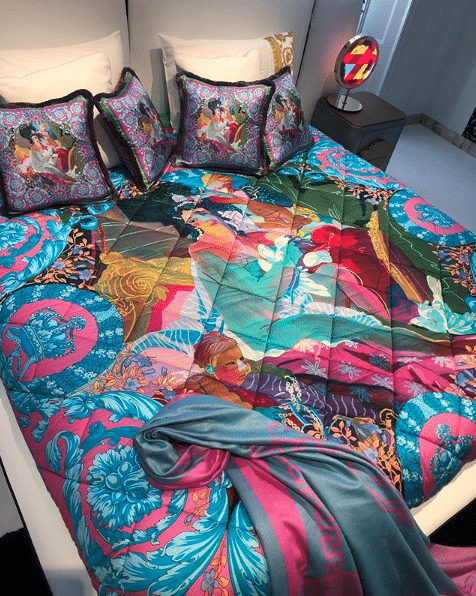SoEdited interview with Benjamin Murphy ahead of the opening of ANTIHERO
With a hint of Art Nouveau’s Aubrey Beardsley black lines and detailed patterns, Benjamin Murphy uses electrical tape to create and glamourise the female form. Creating a snapshot of a moment, a fleeting glimpse of inner thoughts via the gesture of a figurative movement.
Murphy is a stable part of the London art scene, yet not affiliated to any particular scene, and has forged out his own niche in the past 10 years.
SoEdited caught up with Benjamin to chat about his developing style.
SE:
Some of your early works document social situations. What was behind these ideas?
BM:
I try to depict people in unposed scenarios, as if we are seeing them during their private moments of inaction and introspection. For this reason I try to keep the actual action to an absolute minimum so as to leave the figures to be shown in contemplation rather than in the process of doing something. I want the work to feel very slow and quiet, but with the suggestion that more is going on in the characters mind – that’s where the action sits. These kind of scenarios can naturally look quite melancholic, and people can read into that whatever they like. I prefer to give the viewer as much scope to interpret my work as possible, and I think that any interpretation of an artwork is the correct one.
SE:
Some high-profile portraits have been part of your work. How is it to work with a subject, rather than just your imagination?
BM:
The actress Olivia Coleman commissioned me to draw her and her husband a few years ago, and they were both the loveliest people to work with, so that was an absolute pleasure. I went round their house photographing lots of patterns and objects to include in the background, so there were lots of sentimental items represented. They were very happy with the piece.
On the whole though, the portraits I’ve been commissioned to do have usually been much stranger subjects, which I think suits my work quite nicely.
I was asked a few years ago to draw Fred & Rose West, which meant that whatever I did, the work was going to invoke strong reactions. A few serendipitous and coincidental things happened, linking myself to them at the time I was making it, which was interesting.
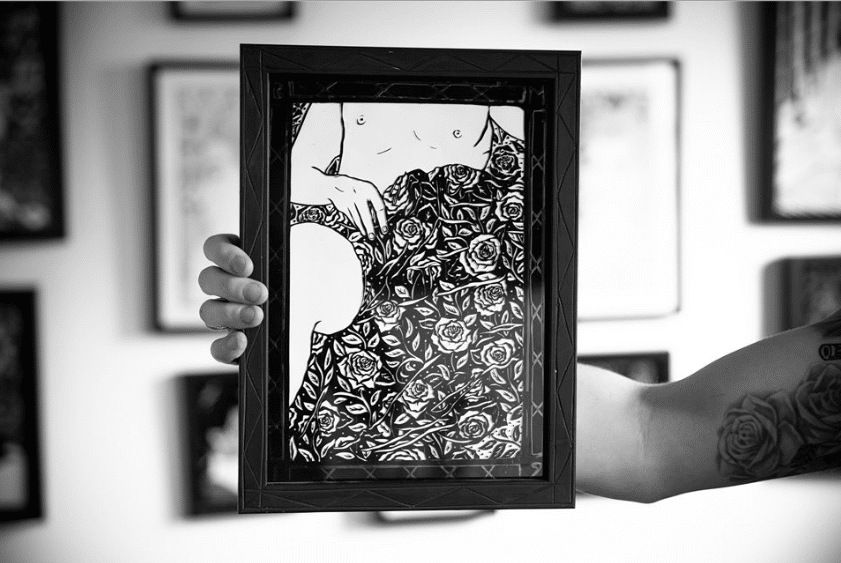
Photograph by Nick JS Thompson
SE:
The male portrait and figure has very recently become part of you concentration in portraits. Why now?
BM:
I decided that I had been working very much within my comfort-zone, and so as soon as I identified that, it was time for a course-correction.
SE:
From your perspective. What is the difference between the male and the female as a muse?
BM:
The male figure is a lot easier to draw in general, as any slight diversions in line just appear as musculature. It’s harder to capture things like tenderness with the male form, but it’s important to challenge oneself with things like this, and to think about why these challenges may exist in the first place.
SE:
If we at SoEdited were to give you a commission, what would it be?
BM:
People keep asking me to do a self-portrait, which I always avoid. Perhaps it’s time.
SE:
When working in your studio, are you more comfortable being isolated or is it a social atmosphere?
SO:
My studio needs to be a very solitary place. Often I’ll spend days on one pattern, which can be unimaginably repetitive and my brain needs to pretty much switch off from it so as to be able to repeat the same action over and over again for hours at a time. The slightest distraction makes this progress very hard.
Aside from that my studio is less like the Baconesque studio most people imagine all artists to inhabit, and a lot more like a study or an office. There are lots of plants and books, and obviously lots of art works on the walls.
SE:
We have seen you grow into a very handsome man. What would you consider the attributes of being a handsome man?
BM:
“I am not an artist I’m a fucking work of art.” – Marilyn Manson
SE:
What was the last thing that offended you?
BM:
Offence is a very loaded term these days, and it’s been given more power than it deserves. People are so worried about offending or being offended that they completely shy away from debate, and opposing groups never interact. I believe that all topics should be on the table for discussion, even abhorrent ones, as the most successful way to tackle intolerance and bigotry is to undermine them in serious debate.
There are a lot of things politically that have been pissing me off recently, but for reasons stated above, I’m reticent to use the term offended.
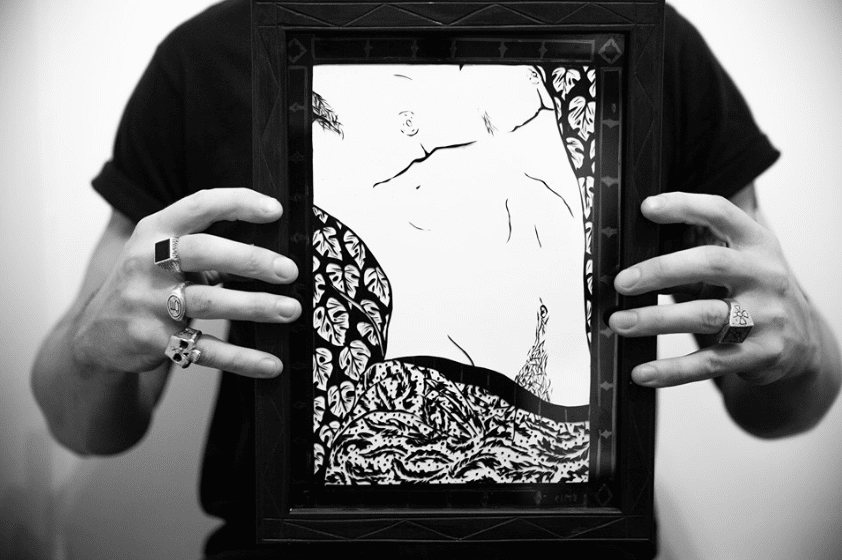
Photograph by Nick JS Thompson
SE:
Have you been upset in the last 6 months. If so why…
BM:
I’m an eternal optimist, so not really no. I’ve seen a lot of sad things like everyone does, but I try to accept them and learn from them where possible.I’ve seen people die and relationships break down, but I am very much of the belief that we are not defined by things that happen to us, but by how we respond to such things.
SE:
You have an ability to be quite blunt. What is this bluntness?
BM:
Haha this is something I try to combat daily. I’m often quite indelicate! My friend Nick described my demeanour the other day as ”northern stoicism”, which is probably pretty apt – and absolves me from any responsibility, as it’s inbuilt and genetic.
SE:
What five songs define you?
BM:
The last five artists I’ve listened to on Spotify are:
Motörhead, Iggy Pop, Frank Carter & The Rattlesnakes, Slayer, Alice In Chains.
SE:
IS there a film that you wish you could have lived?
BM:
Nymphomaniac.
Benjamin Murphy – ANTIHERO
Delphian Gallery
Private view 03/07/19 18:00-2200
Paja&Bureau
Korkeavuorenkatu 7
00140 Helsinki
Show runs every day until the 11th.
Exhibition graciously supported by Paja&Bureau, Creat, and drinks for the private view supplied by Suomenlinnan Panimo
Tape kindly supplied by Cre8 Tapes

